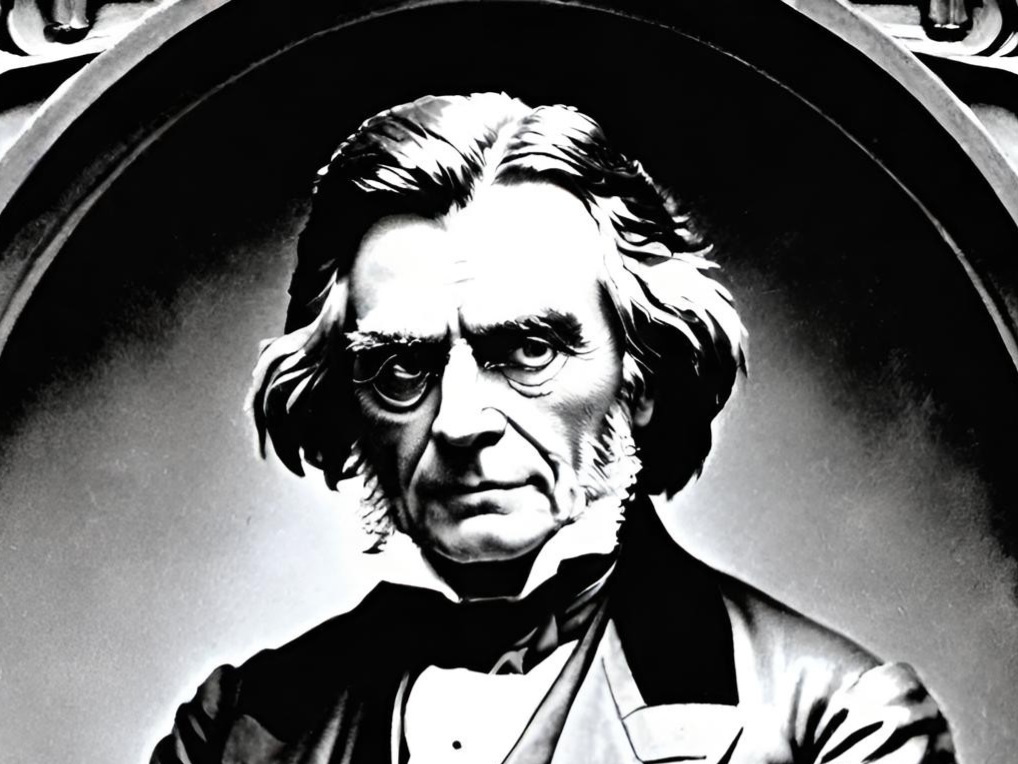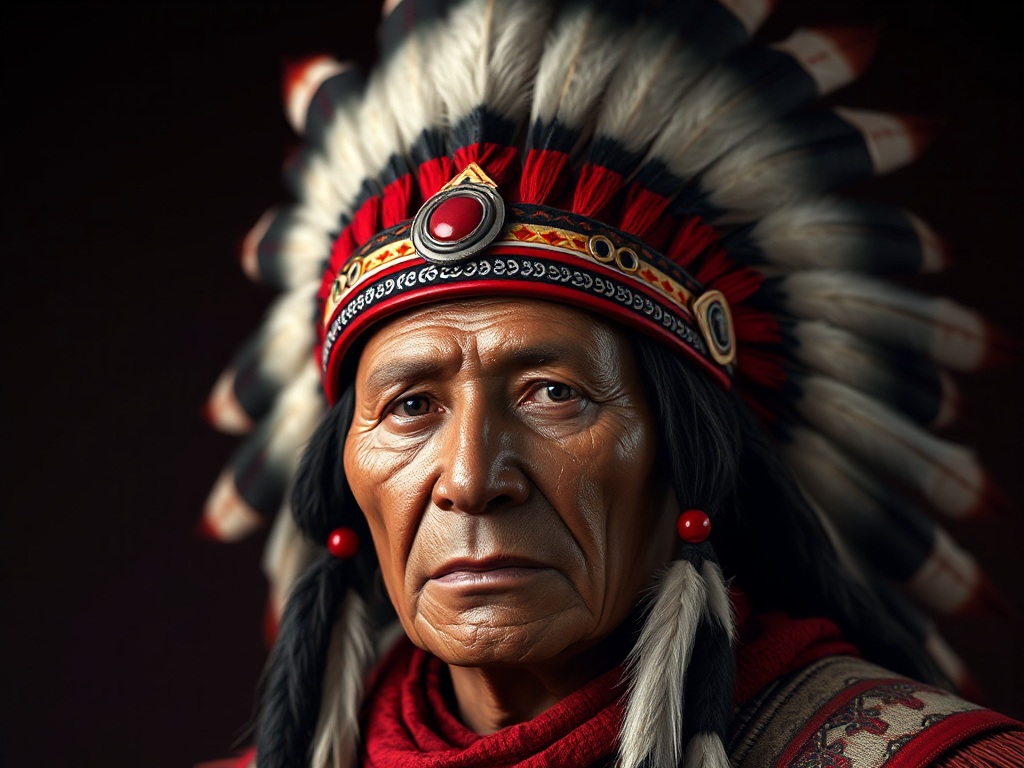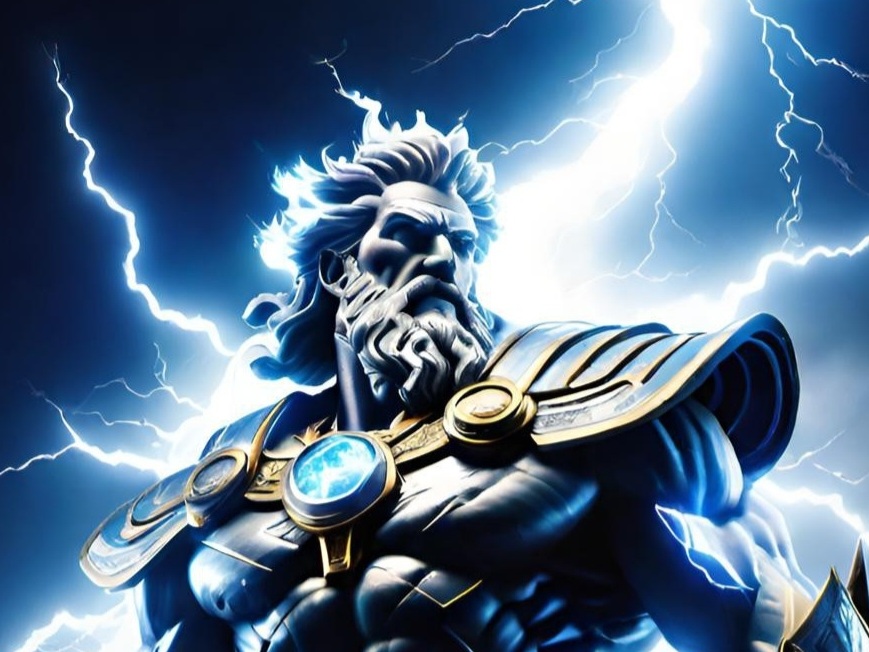The mirror selfie, a ubiquitous staple of social media feeds, carries a deeper narrative that spans centuries of technological and cultural evolution. Its origin is a tale woven through the threads of art, technology, and the human desire for self-representation.
The story begins with the mirror itself. The earliest mirrors were not glass but polished stone, metal, and other reflective materials. In ancient civilizations, such as Mesopotamia and Egypt, these mirrors were luxury items, symbols of status and power. It was the Romans who first created glass mirrors, although these were small and convex, offering a distorted reflection. It wasn’t until the Renaissance period, with advancements in glassmaking and the introduction of a tin-mercury amalgam, that the mirrors we recognize today came into existence. These mirrors were clearer and provided more accurate reflections.
The Renaissance
During the Renaissance, the mirror became not just a tool for personal grooming but also a symbol of self-awareness and introspection. Artists of the time, such as Parmigianino with his “Self-Portrait in a Convex Mirror,” began exploring reflections as a means of self-expression. This period marked the mirror’s transition from a functional object to a portal of self-exploration.
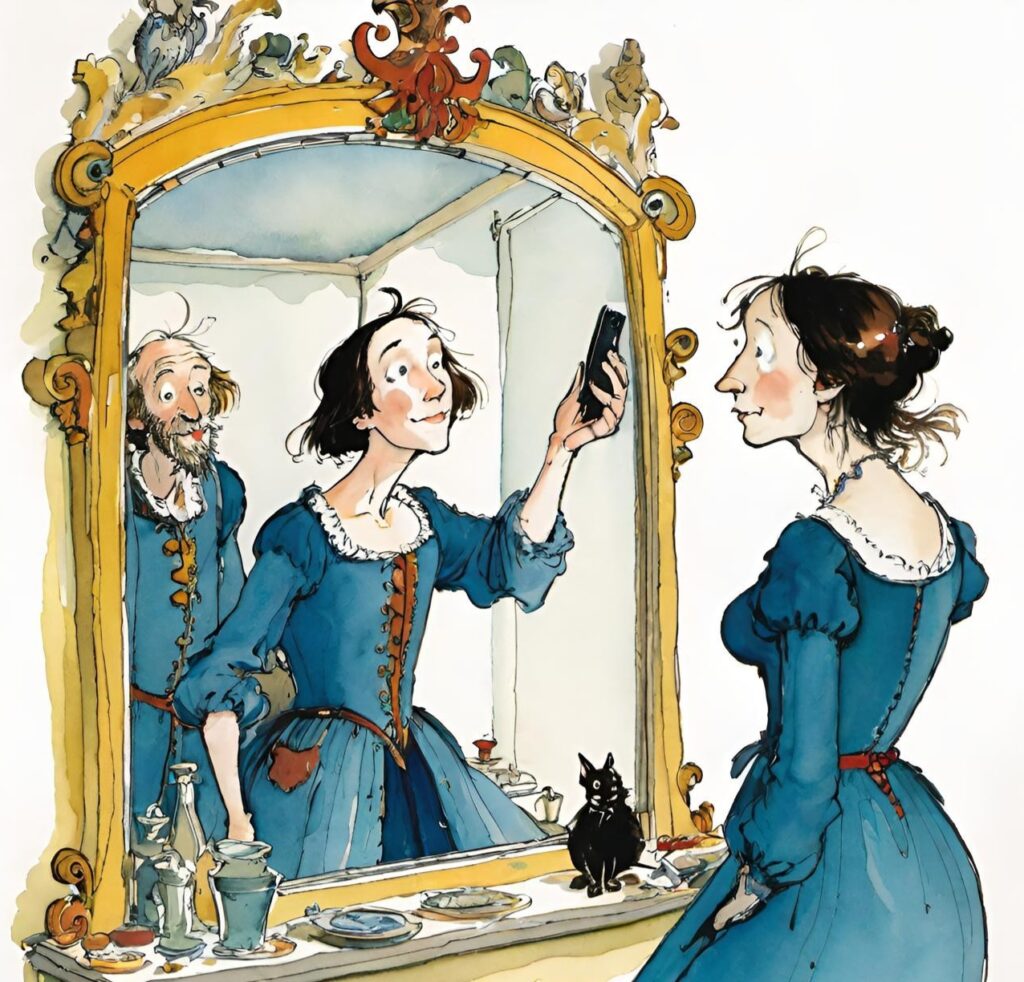
The Modern Times
Fast forward to the 19th century, when photography was invented, the mirror found a new role. Early photographs required long exposure times, making them unsuitable for capturing the casual intimacy of a reflection. However, with the advent of faster shutter speeds and portable cameras in the 20th century, photographers began experimenting with mirrors to capture themselves in their environment. This was the dawn of the mirror self-portrait, a precursor to the mirror selfie.
The mirror self-portrait became a favorite among artists and photographers, from the surrealists who used it to explore identity, to the likes of Vivian Maier, whose posthumously-discovered work included many such self-portraits. These images were often introspective, sometimes haunting, and always deeply personal.
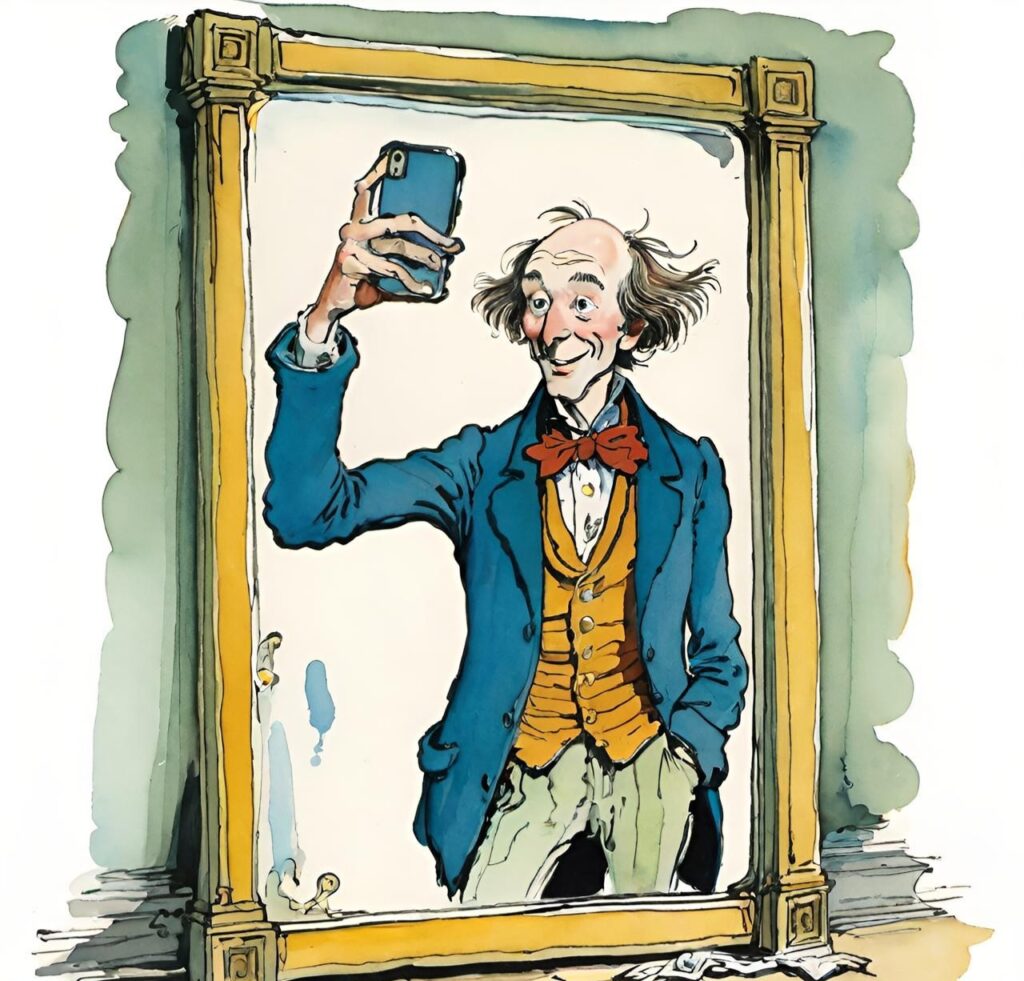
The 21th Century
Then came the digital revolution. The 2000s saw the rise of the cell phone camera, which made photography accessible to the masses. Unlike traditional cameras, cell phone cameras allowed for an instantaneous preview of the image. The mirror selfie emerged as a natural consequence. People found they could use their phone’s camera in conjunction with a mirror to take a self-portrait that also showcased their outfit, surroundings, or companions.
Social media platforms were the petri dish in which the mirror selfie truly proliferated. With the launch of platforms like MySpace, Facebook, and later Instagram and Snapchat, the mirror selfie became a form of self-branding. It was a way for individuals to control their image and how they were perceived by the world.
The mirror selfie also became imbued with the democratization of beauty and fashion. No longer were trends and styles dictated solely by magazines and runways; they were also being shaped by real people in real-time. The mirror selfie allowed for an immediate and authentic snapshot of what people were wearing and how they styled themselves, often in the sanctity of their homes or the vibrancy of a bustling store’s dressing room.
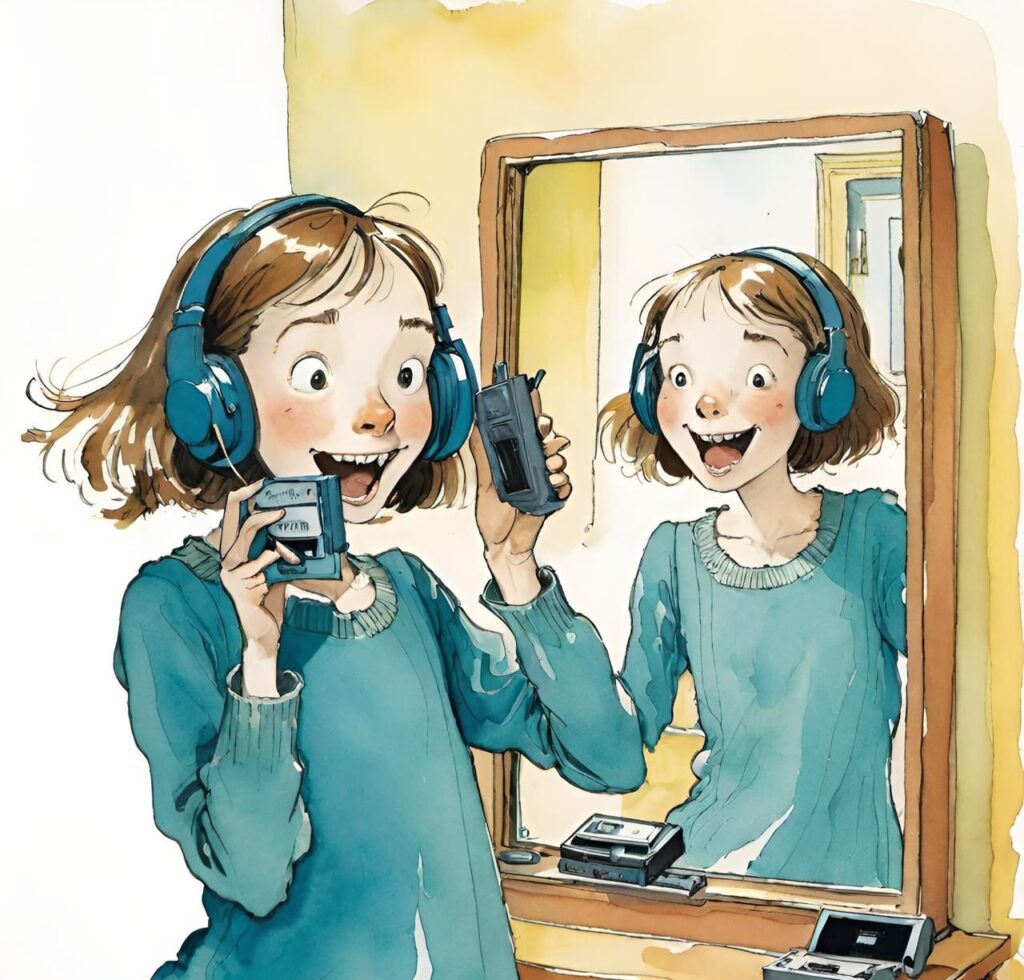
The Present
With the rise of influencers and the selfie culture, the mirror selfie evolved into an art form. The aesthetics of the mirror selfie became as crucial as the image itself. The choice of mirror, the lighting, the pose, and the environment all contribute to the narrative of the picture.
Yet, the mirror selfie is not without its critics. Some argue that it perpetuates a culture of narcissism and self-obsession, while others defend it as a form of self-expression and empowerment. The mirror selfie has been used to promote body positivity, with individuals of all shapes, sizes, and backgrounds sharing images that challenge conventional beauty standards.
The mirror selfie has also become a tool for storytelling and activism. It has been used to convey messages about self-love, cultural identity, and political stances. Through campaigns and hashtags on social media, the mirror selfie can serve as a rallying cry, bringing together communities and movements.

The Future
Technological advances continue to shape the evolution of the mirror selfie. The introduction of front-facing cameras with high-resolution and built-in filters has made the process even more accessible and creative. Augmented reality and interactive filters add new dimensions to the images, allowing for an even greater degree of personalization.
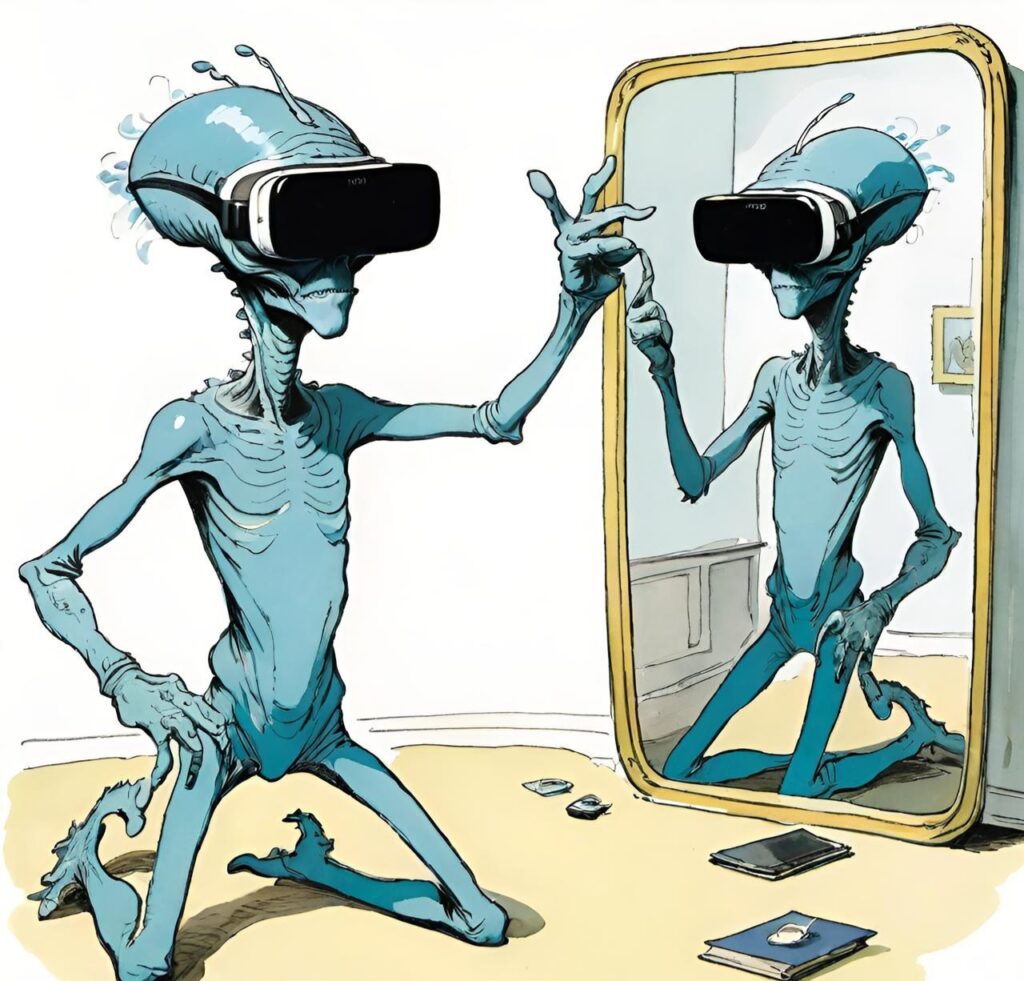
Conclusion
The mirror selfie is more than just a snapshot; it is a cultural phenomenon that encapsulates the human experience in the digital age. From its ancient origins to its modern-day incarnations, the mirror selfie is a reflection of society’s relationship with technology, art, and the self. Its story is one that continues to unfold, as each new generation finds ways to make the mirror selfie a mirror of their time.


